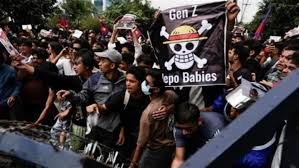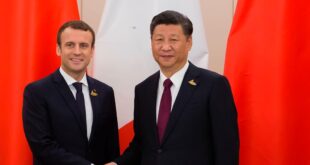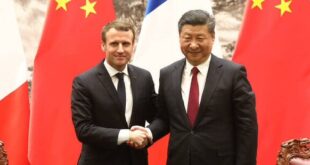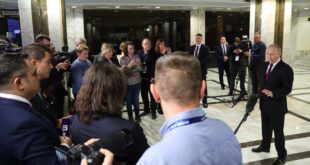Nepal, the Himalayan nation nestled between China and India, has been rocked by unprecedented protests led by Generation Z, culminating in the resignation of Prime Minister K.P. Sharma Oli on September 9, 2025, after days of violence that claimed 51 lives and injured hundreds. Sparked by a government ban on 26 social media platforms, the protests swiftly escalated into a popular uprising against corruption, economic inequality, and entrenched political elites. This report details the events, their causes, and their political and regional implications.
The Spark: Social Media Ban Ignites Fury
In early September 2025, the Nepali government imposed a ban on social media platforms, including Facebook, WhatsApp, Instagram, and YouTube, citing their failure to register with authorities and the need to curb “misinformation.” The decision enraged Nepal’s youth, who form a significant portion of the population (with a median age of 25) and rely on these platforms for communication, education, and work. In a country where a third of the economy depends on remittances from approximately 3.5 million migrant workers, the ban isolated nearly two million workers from their families, fueling widespread discontent.
The protests began peacefully on September 8 in Kathmandu, Pokhara, and other cities, with students and young people—many wearing school and university uniforms—chanting slogans like “Stop corruption, not social media.” However, the situation escalated when police used tear gas, rubber bullets, and live ammunition, resulting in the deaths of 19 protesters on Monday, according to reports from The New York Times and Reuters.
Escalation and the Fall of the Government
By September 9, the protests turned violent. Demonstrators stormed the parliament building in Kathmandu, setting it ablaze, alongside the Supreme Court, the Singha Durbar government complex, and the homes of prominent politicians, including Oli and Sher Bahadur Deuba. They also attacked police stations and fire stations, temporarily shutting down Tribhuvan International Airport. BBC reported a mass escape of 900 prisoners from two jails in western Nepal, adding to the chaos.
Under intense public pressure, Oli, serving his fourth term as prime minister, resigned in a speech describing the situation as “extraordinary.” Key ministers, including Home Minister Ramesh Lekhak, also stepped down, citing “moral responsibility” for the violence. On September 11, Sushila Karki, a former Supreme Court chief justice known for her anti-corruption stance, was appointed interim prime minister, backed by protest leaders.
Roots of the Anger: Corruption and Inequality
The protests were not solely a reaction to the social media ban but a reflection of deep-seated frustrations. With 20% youth unemployment and an average annual income of $1,400, most Nepalis struggle to make ends meet, while social media platforms highlight the lavish lifestyles of political elites’ children, dubbed “#nepokids.” This disparity fueled the anger of Generation Z, who view the political system—dominated by three major parties (Oli’s Communist Party, the Nepali Congress, and the Maoist Party)—as corrupt and disconnected.
Political analyst Binay Mishra noted that “the protests reflect frustration with rampant corruption and poor governance,” while Rudabeh Shahid from the Atlantic Council’s South Asia Center described the movement as “a generational reckoning against a culture of impunity.”
Regional and International Reactions
The unrest raised concerns among neighboring countries, particularly India, which shares a 1,750-kilometer open border and strong economic ties with Nepal. Indian Prime Minister Narendra Modi called for “peace and stability,” warning against a repeat of Bangladesh’s 2024 youth-led uprising that toppled its government. UN Secretary-General António Guterres condemned the violence, urging a transparent investigation into the excessive use of force by police.
Implications and Open Questions
With Karki leading the interim government, Nepal faces significant challenges. The leaderless protests demand the dissolution of parliament, new elections, and accountability for the violence. Some Nepalis, like Rajesh Niraula, express cautious optimism, saying, “This revolution has given us hope for better governance.” Others, like Prabhat Paudel, worry about the destruction of public property, such as the Supreme Court, fearing the movement has been “infiltrated by extremist elements.”
Nepal stands at a crossroads. Will this revolution lead to genuine reforms, or will it plunge the country into further chaos? The military, deployed to enforce a curfew, has called for dialogue with protesters, but the challenge lies in translating youth anger into a sustainable political vision. As investigations into the protest deaths continue, the world watches Nepal’s Himalayan future, where the voice of its youth has proven powerful enough to shake the foundations of power.
 موقع وجه أفريقيا موقع وجه أفريقيا هو موقع مهتم بمتابعة التطورات في القارة الأفريقية
موقع وجه أفريقيا موقع وجه أفريقيا هو موقع مهتم بمتابعة التطورات في القارة الأفريقية



